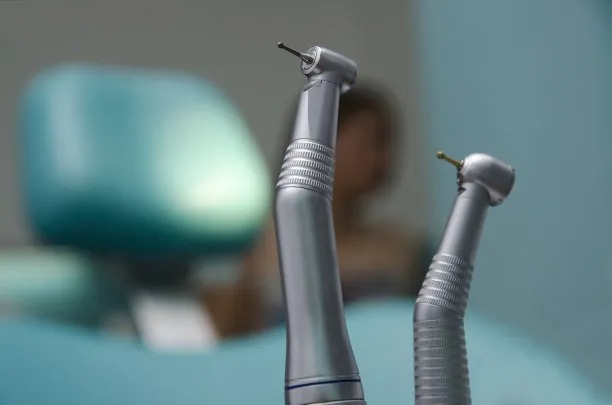Essential Guidelines for Ensuring Safety and Comfort During and After Your Dental Filling Procedure
Summary: Dental fillings are essential in restoring the integrity and function of teeth affected by decay or damage. However, ensuring your safety and comfort during and after the procedure is paramount. This article outlines essential guidelines to follow, focusing on preparation, communication with your dentist, post-procedure care, and understanding the filling materials. By adhering to these guidelines, patients can enhance their overall experience, alleviate anxiety, and promote swift recovery. Each section will elaborate on practical tips, fostering awareness of what to expect and how to manage any discomfort effectively.
1. Preparing for Your Dental Filling

Preparation is essential for achieving a smooth dental filling experience. First and foremost, ensure you are fully informed about the procedure. Research the types of fillings your dentist offers and consider asking for a consultation to clarify your concerns. This step will minimize anxiety and provide you with a clearer understanding of the entire process.
Next, communicate any medical history or current medications to your dentist. Informing them about allergies, previous surgeries, or health conditions can significantly reduce the risk of complications. Also, scheduling your appointment during a time when you can relax afterward is beneficial.
Lastly, arrange for transportation if you need sedation or feel uneasy post-procedure. Having someone to drive you home allows you to focus on recovery without the added stress of navigating traffic, ensuring a more comfortable transition after your appointment.
2. Effective Communication with Your Dentist
Communication is key for creating a comfortable dental experience. Before the procedure, express any fears or anxieties you may have regarding dental work. Most dentists are familiar with the concerns patients face and can offer strategies to ease your fears, such as explaining each step of the procedure.
Moreover, discussing pain management options is crucial. Dentists can offer various anesthetics or sedation levels tailored to your comfort level. Understanding the options available will empower you to choose what feels best for you.
During the procedure, dont hesitate to communicate discomfort or if you need a break. A reputable dentist will understand your needs and make adjustments as necessary to ensure your comfort throughout the experience, emphasizing the importance of patient-practitioner collaboration.
3. Post-Procedure Care Instructions
After your dental filling, following post-procedure care guidelines significantly aids recovery. Initially, avoid eating until the numbness from anesthesia wears off, as this could lead to accidental biting of your cheek or tongue. Typically, the numbness will diminish within a few hours, allowing you to resume normal eating habits.
Next, expect some sensitivity after the procedure. This is common and should subside within a few days. Over-the-counter pain relief can help manage any discomfort during this recovery period. If sensitivity persists or worsens, consult your dentist for further evaluation.
Maintaining oral hygiene is also crucial post-treatment. Gently brush and floss the areas around the filling, taking care not to irritate it. Regular check-ups can help monitor the integrity of the filling, ensuring the longevity of your dental health.
4. Understanding Dental Filling Materials
Awareness of filling materials enhances your safety and comfort, as different types come with varied properties. Composites, amalgams, and ceramics are the most common, each with their own pros and cons. Composite fillings are tooth-colored, providing aesthetic benefits, while amalgam fillings are durable and cost-effective.
Its essential to discuss the filling materials with your dentist, particularly if you have concerns about allergies or sensitivity. Understanding these alternatives can empower you in making informed decisions tailored to your needs and preferences.
Additionally, inquire about the lifespan and care required for the filling materials chosen. Knowing how to care for your fillings will facilitate better oral hygiene and longevity for your dental work, allowing you to maintain a healthy smile for years to come.
Summary:
Ensuring safety and comfort during and after a dental filling procedure involves meticulous preparation, clear communication with your dentist, adhering to post-procedure care, and understanding the filling materials. By focusing on these aspects, patients can significantly reduce anxiety and discomfort while ensuring a smoother recovery process.
This article is compiled by Vickong Dental and the content is for reference only.


